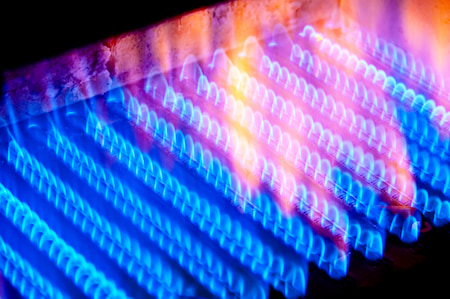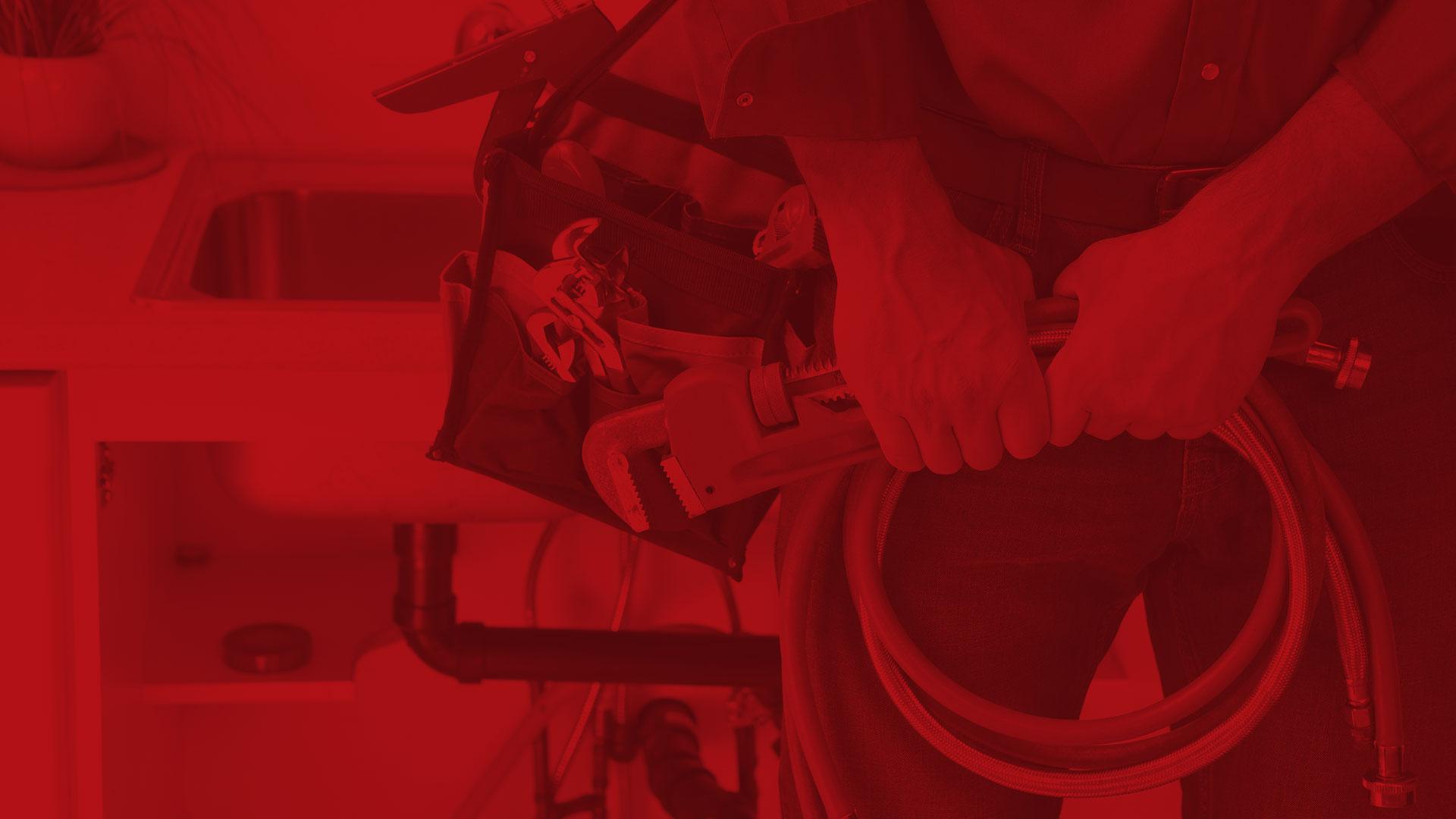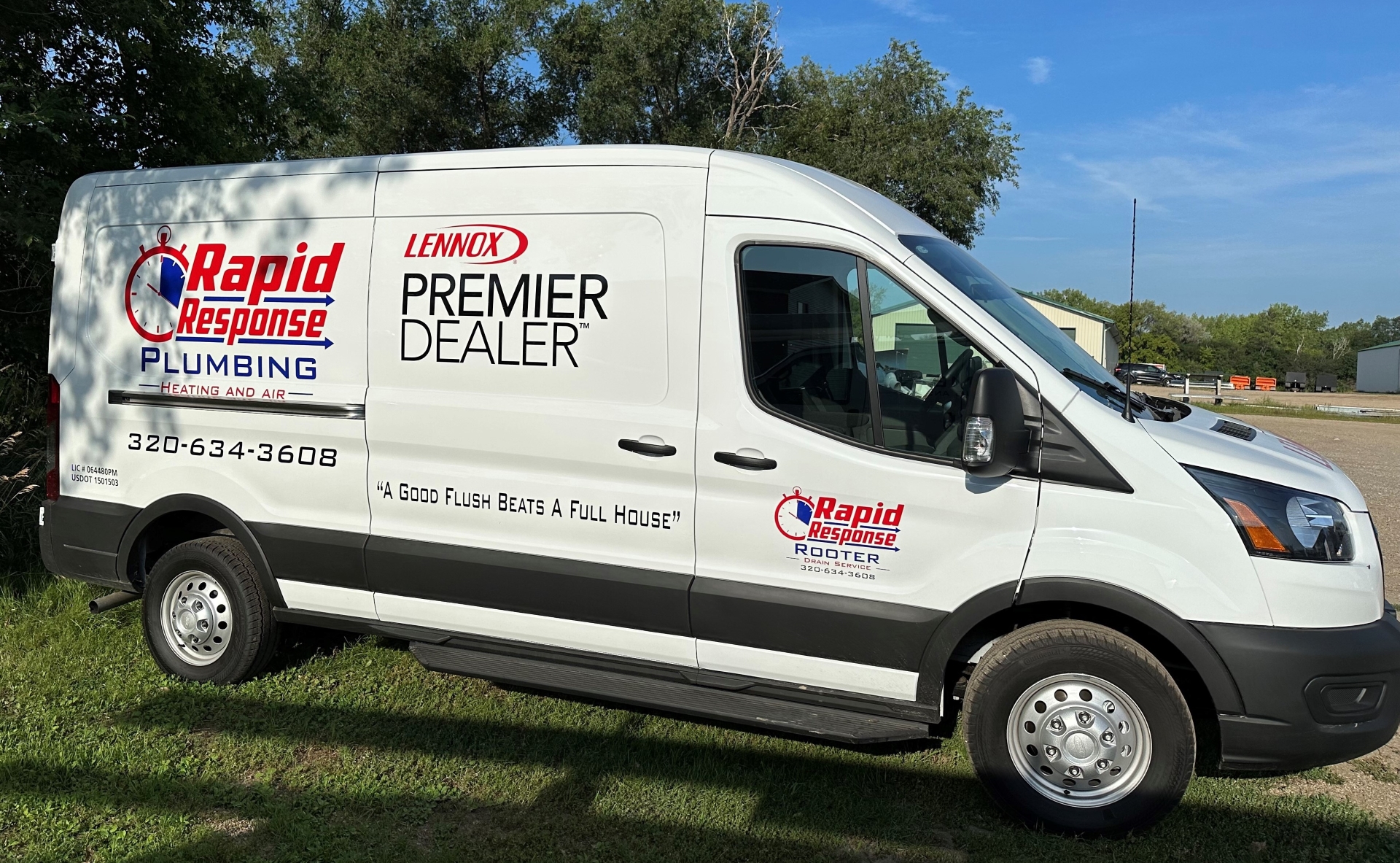Basic Furnace Types For Your Glenwood Home

With all the heating equipment available for homeowners to purchase or replace their existing systems with, it can get a little confusing as to what we’re talking about when we discuss the options.
And it’s no wonder because the heating and air conditioning field uses industry specific terminology just like most other industries do. So, unless you’ve been educated like we have for our careers, you won’t understand half the things an HVAC contractor would say if they tried to explain what it all means.
Here are some basic things you can learn about your home’s furnace.
Types Of Furnaces For Glenwood Homes
There are differing types of furnaces for your home, with several that are most common. The most common will be listed first.
Central warm-air furnace – This uses ducts to send heated air that circulates throughout your home. Most commonly, it’s a forced air system, meaning a fan forces the air through the ducts. Whereas gravity furnaces rely on gravity and physics for the warm air to rise through ducts in the flooring and cold air to fall back down, returning to the furnace to be heated.
Steam or Hot Water Furnace – Both of these furnaces use central space-heating systems that supply steam or hot water to radiators. The radiator is made of metal and as the water heats, the heat transfers through the metal and radiates into the room. No fans blow the air, it’s purely heat that radiates or travels through the air, changing it to warmer temperatures as it goes. Boilers are hot water systems.
Heat Pump or reverse-cyle systems – The heat pump uses refrigerant kept pressurized in a tube which absorbs the warmth present outside and carries it in to the system indoors where it changes the temperature of air that’s to be blown in through ducts. This system moves heat and doesn’t generate it. Heat pumps aren’t very effective in cold areas that regularly drop below freezing because no heat is generated and there’s too great a difference temperatures outside to be able to raise the temperature enough indoors.
Floor, Wall, and Pipeless Furnaces – Either installed under flooring, on the wall, or in a basement or room under the room being heated, these systems deliver heat directly and are fuel burning systems.
More About Your Glenwood Furnace
Furnaces can be fueled by electricity, gas, biofuels, kerosene, or propane. Your home may have any of these types of furnaces already installed, with some homes have combinations.
When you need heat, an Glenwood furnace is a good choice. But it can matter how efficient these systems are in your home. For instance, a boiler is a great system because it offers effective heat transference that warms the surfaces of your home and can also be fitted to provide your home hot water. This makes it efficient in climates like ours.
All in all, a furnace heats your home and many times that’s all that our customers want to know about. But if you have any specific questions about your heating furnace or system, just give our pro’s a call here at Rapid Response Plumbing, Heating & Air and we’d be glad to help you out.

Request Service Today!
